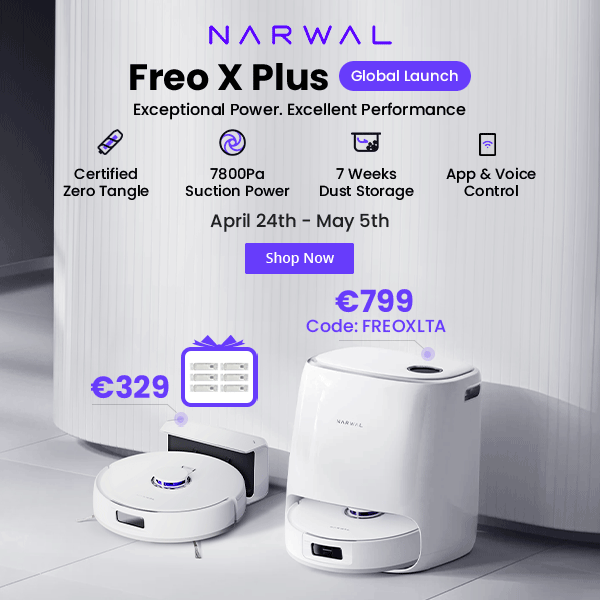3D printing technology, as a revolutionary tool in modern manufacturing, is constantly driving innovation in multiple fields such as industry, medicine, and art. In this technological ecosystem, it has become a trend for 3D printers to be equipped with cameras, which play an important role in the printing process. This article will explore the reasons why 3D printers are equipped with cameras and the multiple benefits they bring.
Functions of 3D Printer Camera

1. Real-time monitoring of the printing process:
The camera enables operators to monitor the progress and status of 3D printing in real time, which is crucial for ensuring successful printing and timely problem detection. Some 3D printers are equipped with cameras that provide Plug and Play functionality, allowing users to view the real-time status of the printer during the printing process, and even support remote monitoring and time-lapse photography.
2. Remote control and operation:
Through the camera, users can remotely control the 3D printer, upload G-code or STL files, start and stop jobs, etc. This remote operation capability greatly improves the convenience of printing, especially in scenarios that require long printing times.
3. Generate time-lapse video:
The camera can directly generate time-lapse videos to record the gradual shaping process of 3D printed objects, which is very useful for demonstrating the printing process and sharing printing experiences.
4. Temperature monitoring:
Some 3D printer cameras have temperature monitoring capabilities for hot ends and hot beds, which are essential for precise control of the printing environment and improved print quality.
5. Improve print quality:
By monitoring the printing process, users can better understand when to adjust printing parameters, such as temperature, speed, and layer height, to improve print quality.
6. Fault detection and prevention:
The camera can be used for AI-driven fault detection. If a problem is detected during printing, it can notify the user in a timely manner or automatically stop printing to protect the printer from damage and save materials.
The Importance of 3D Printer Cameras
1. Enhance User Experience:
The camera enhances the user’s interaction with the 3D printer, making the 3D printing process more intuitive and controllable.
2. Optimize printing efficiency:
Through real-time monitoring, users can detect and solve problems in a timely manner, reduce the risk of printing failure, and thus improve printing efficiency.
3. Record and share:
Time-lapse photography technology makes it easier to record and share the 3D printing process, increasing the fun and educational value of 3D printing.
4. Technical optimization:
In high-end applications, such as aerospace technology, 3D printing cameras can be used to study local phenomena such as metal molten pools and splashes, optimizing printing quality.
3D Printer Camera Buying Guide
When considering equipping your 3D printer with a camera, here are some key factors and recommendations to help you make an informed choice:
Identify requirements
Firstly, clarify the main purpose of your camera. If you need to monitor printing progress or create time-lapse videos, it is necessary to choose a camera with remote monitoring and video recording functions.
Compatibility
Choose a camera that is compatible with your 3D printer. Many cameras are designed to be compatible with most 3D printers on the market, especially those that use Marlin firmware.
Video resolution and frame rate
Check the video resolution and frame rate of the camera. A good 3D printer camera should provide at least 1080p video resolution and a frame rate of up to 25 frames per second to ensure the clarity and smoothness of the video.
Night vision function
If your printing work is done in a dimly lit environment, choosing a camera with night vision function will be very useful.
Wireless network connection
Make sure the camera supports 2.4G/5G Wi-Fi connectivity so that you can remotely access and control it.
Ease of operation
Choose a camera that is easy to install and operate. Some cameras offer application or browser operations, making configuration and use simpler.
Delayed video function
Consider whether the camera supports automatic generation of time-lapse videos, which can save you time manually editing videos.
Temperature monitoring
If you need to monitor the temperature of the printing environment, choose a camera with a temperature monitor that is suitable for hot ends and hot beds.
Storage and file formats
Check if the camera supports Micro SD card storage and confirm that the file formats it supports are compatible with your 3D printer.
Conclusion
Equipping 3D printers with cameras not only improves the monitoring ability of the printing process, but also adds functions such as remote operation, fault detection, and record sharing. With the continuous advancement of 3D printing technology, the application of cameras in 3D printing will become more extensive, bringing users a more efficient and convenient printing experience.

